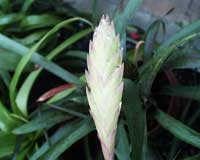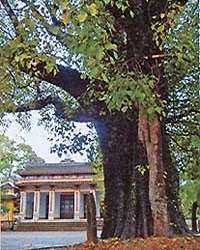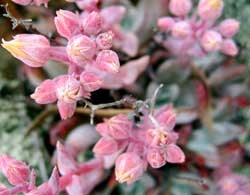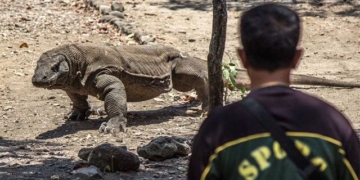In the ongoing battle against dust, humans possess a rich arsenal of weapons, from fine fibers to vacuum cleaners. However, new research indicates that no technology can compare to nature’s secret weapon – biocrusts.
Biocrusts are thin, cohesive layers of soil held together by living organisms in the dirt, often forming in arid landscapes. According to ecologist Bettina Weber and colleagues, who reported online on May 16 in Nature Geoscience, these seemingly harmless rough layers are estimated to prevent approximately 700 teragrams of dust (equivalent to 30,000 times the weight of the Statue of Liberty) from entering the atmosphere each year, reducing global dust emissions by an astounding 60%.
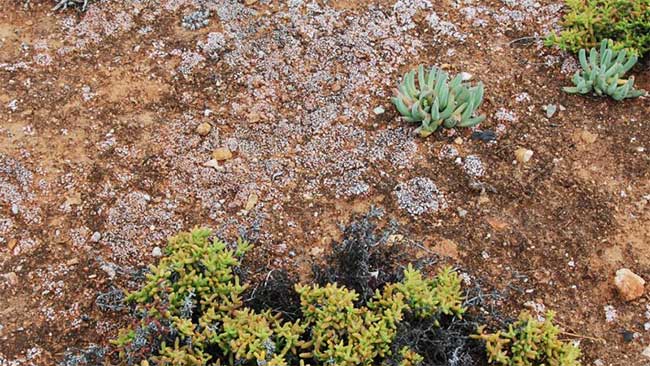
Lichens (pinkish-white) and cyanobacteria (dark brown to slightly black) form biocrusts that blanket the ground among succulent plants and shrubs in the Succulent Karoo ecosystem of South Africa.
Weber, from the Max Planck Institute for Chemistry in Mainz, Germany, further noted that dryland ecosystems, such as savannas, shrublands, and deserts, may appear barren, yet they provide crucial natural services that are often overlooked. These findings “truly call for the conservation of biological reliability.”
Biocrusts cover about 12% of the planet’s land surface and are most commonly found in arid regions. They are built by communities of fungi, lichens, cyanobacteria, and other microorganisms living in the top millimeters of soil, creating binding agents that hold soil particles together. In dryland ecosystems, biocrusts play a vital role in concentrating nutrients such as carbon and nitrogen while also helping to prevent soil erosion.
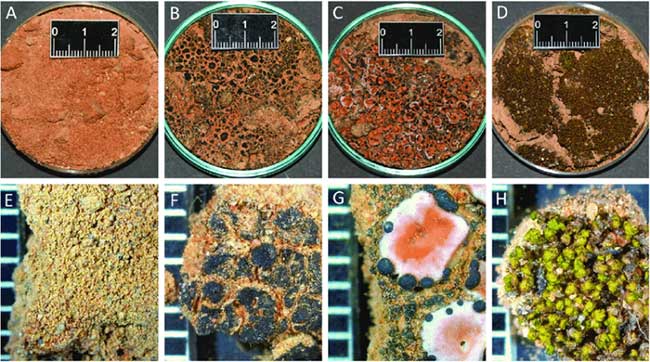
Various types of biocrusts.
Since most dust worldwide originates from drylands, biocrusts are essential in keeping dust anchored to the ground. While falling dust can carry nutrients beneficial for crops, it can also degrade water and air quality, accelerate glacier melting, and reduce river flow. For instance, in the Upper Colorado River Basin, researchers found that dust not only diminishes snow’s ability to reflect sunlight but also shortens the duration of snow cover by weeks, resulting in a 5% reduction in water flow into the Colorado River. Matthew Bowker, an ecologist from Northern Arizona University in Flagstaff who was not involved in the new study, noted that this amount of water exceeds what the city of Las Vegas receives in a year.
Experiments have demonstrated that biocrusts enhance soil resistance to erosion, but Weber and her colleagues were curious about how this effect plays out on a global scale. They collected data from experimental studies measuring wind speeds necessary to erode dust from different soil types and calculated how differences in biocrust coverage affect dust generation. They discovered that the wind speed required to erode dust from soils fully protected by biocrusts is, on average, 4.8 times greater than the wind speed needed to erode bare soil.
Subsequently, the researchers incorporated their findings, along with global biocrust coverage data, into a global climate simulation, enabling them to estimate the amount of dust that biocrusts worldwide trap each year.
Bowker stated: “No one has really tried to make that calculation globally before. Even if their numbers are off, it shows us that the actual figure is likely significant.”
Using forecasts of future climate conditions and data on the conditions that biocrusts can withstand, Weber and her colleagues estimate that by 2070, climate change and land-use changes could lead to a loss of biocrusts ranging from 25% to 40%, which would increase global dust emissions by 5% to 15%.
Conserving and restoring biocrusts will be key to minimizing soil erosion and dust production in the future. It is hoped that these results will help spur more discussions about the impact of land-use changes on biological health. “We need to have those conversations,” Bowker added.








































